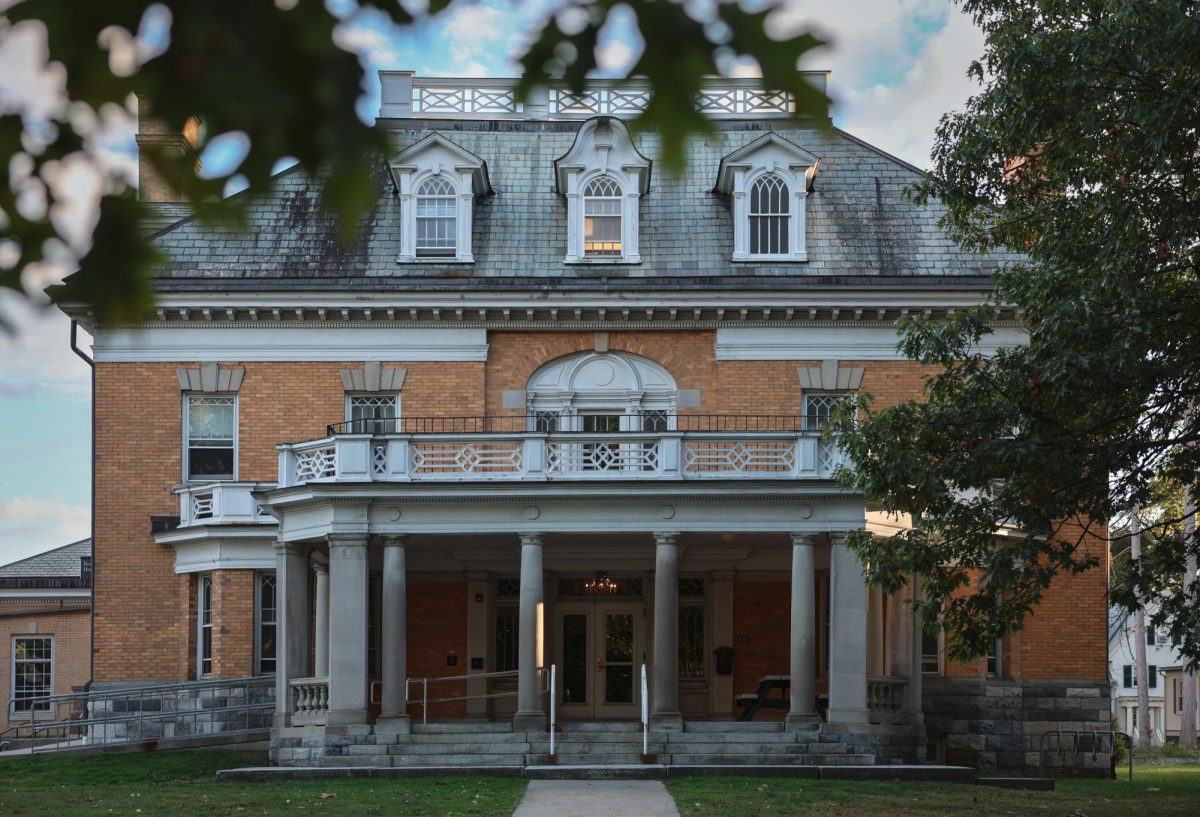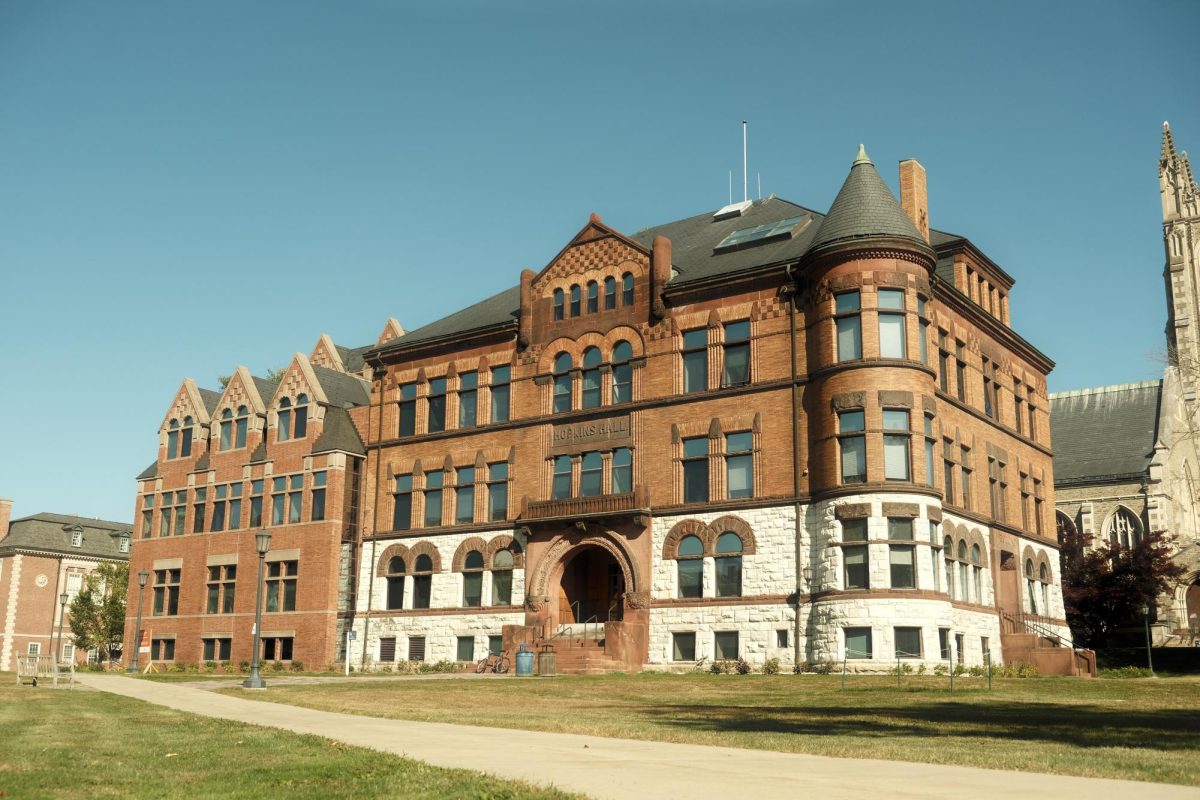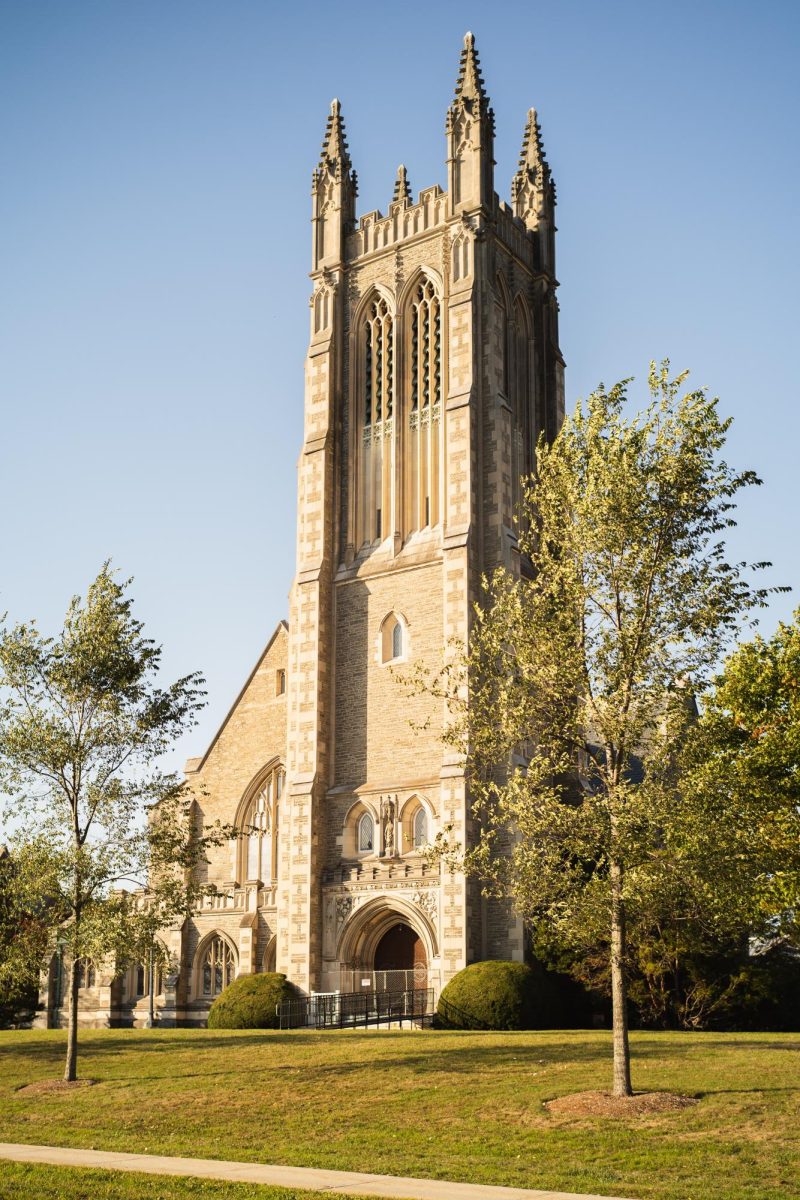Last Wednesday, fliers titled “Where’s My Safety? Reconsidering the purpose and role of CSS” were placed around campus. Additionally, a new “Where’s My Safety?” poster was hung outside of Paresky, following the disappearance of the earlier poster with the same question. The creators of the fliers and posters declined comment to the Record.
The fliers contained several photos of students of color holding up signs that described their experiences with Campus Safety and Security (CSS). Posters of these photos had previously been hung around campus during the annual Previews events for admitted first-years. “Many of the ways in which students of color are targeted are entirely unacceptable — intimidation and surveillance tactics which have led students to be unable to function or engage in their education. However, even many of the smaller offenses become significant when put into a framework of how CSS interacts with other students on campus,” the fliers read.
The first “Where’s My Safety?” poster blew over because of wind, according to eyewitnesses on Record staff, an account that CSS confirmed (“Poster disappearances spark discussion,” April 24, 2019). The flier addressed this claim, reading, “CSS claims that the poster was torn by the wind, but the regularity of scrap size and the fact they were all left in a neat pile on the balcony above makes this seem dubious, especially considering the poster was taped on all sides and no other posters have appeared affected by wind.”
“Within a day of when they were put up, many of the small posters … had been removed and the banner had been torn to pieces — ironically reinforcing that these are spaces in which students of color are not safe,” the flier stated. “These acts were most likely not committed by CSS, but still continued the practices of making the campus unsafe and unwelcoming for students of color.”
The flier then addressed the ways in which its authors perceive that students are also responsible in targeting minoritized groups. “There are ways in which our society sees Black and Brown bodies as dangerous and threatening and in need of surveillance, causing CSS to be used as a tool to monitor Black and brown bodies even when the officers are not actively intending to reproduce these patterns we see throughout our society,” it read.
David Boyer, director of Campus Safety and Security, said that CSS will be working to understand student concerns. “The men and women of Campus Safety and Security work very hard around the clock, every day of the year, to make sure our campus is safe for all students, staff, faculty and visitors,” he said. “Over my 30-year career, we have made Williams one of the safer campuses in the country and it is very sad that we now have members of our community who do not feel safe. We are actively working to understanding the problems so we can better address student concerns.”
The flier specified, too, that “we are not calling for the abolishment of CSS,” stating, “we appreciate the ways CSS works to increase accessibility for some even as it decreases accessibility for others through intimidation and harassment. We also very much appreciate the ways in which CSS insulates us from other policing bodies such as the WPD. However, in order for CSS to accomplish its stated mission, complete restructuring is needed.”
This proposed restructuring includes “implement[ing] structures to ensure CSS accountability including review by a group including student representatives appointed by MinCo,” the flier read. “This committee would further have a built in process by which students and other community members could report issues with CSS.”








